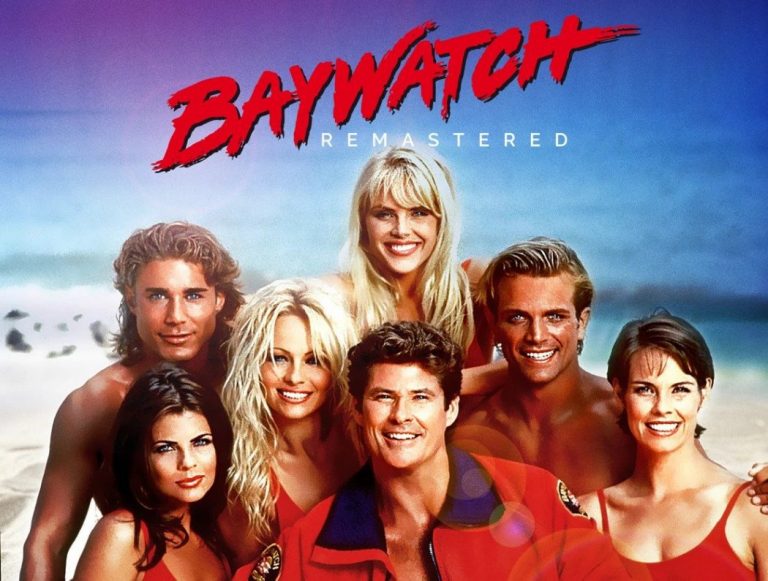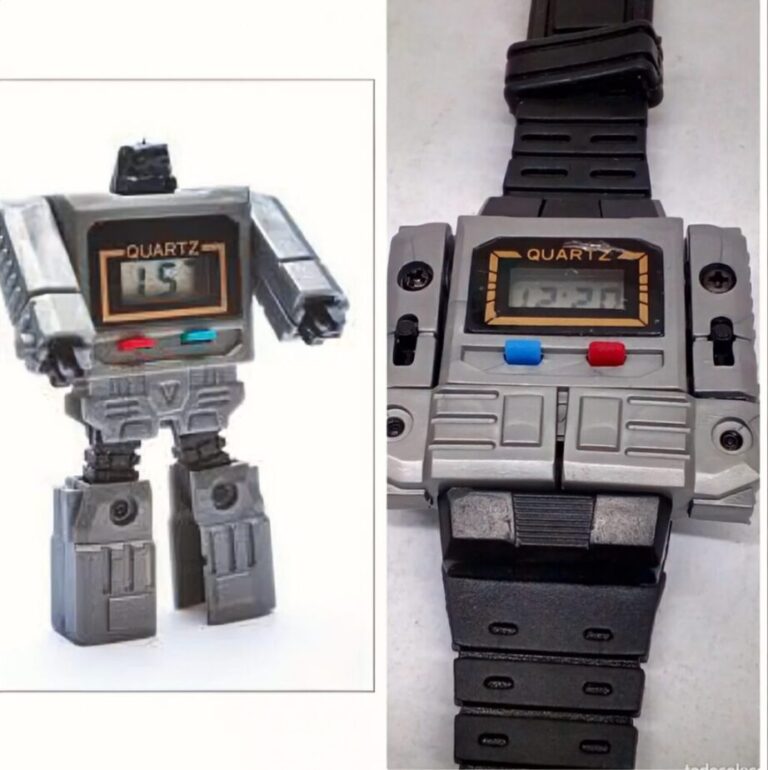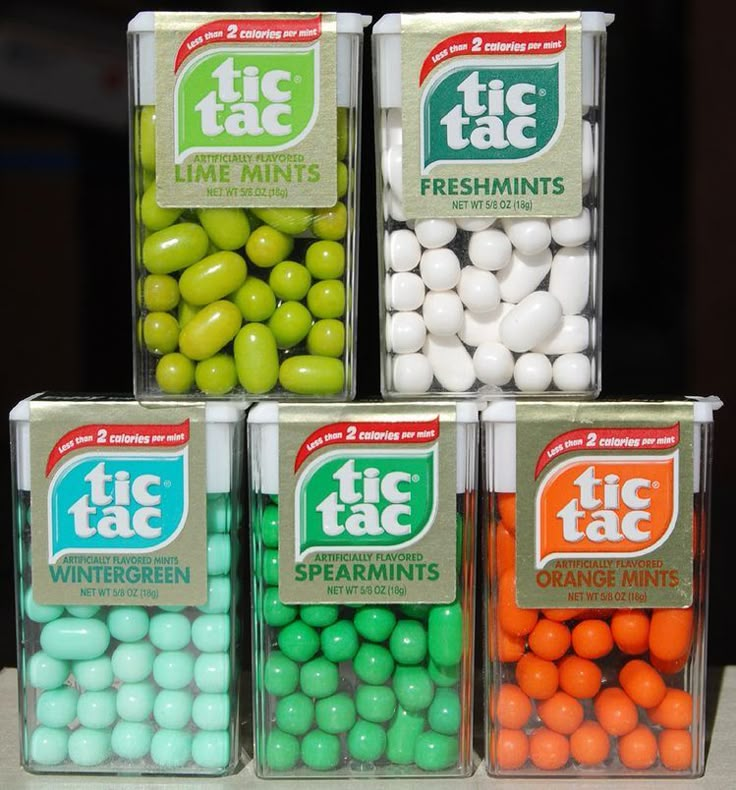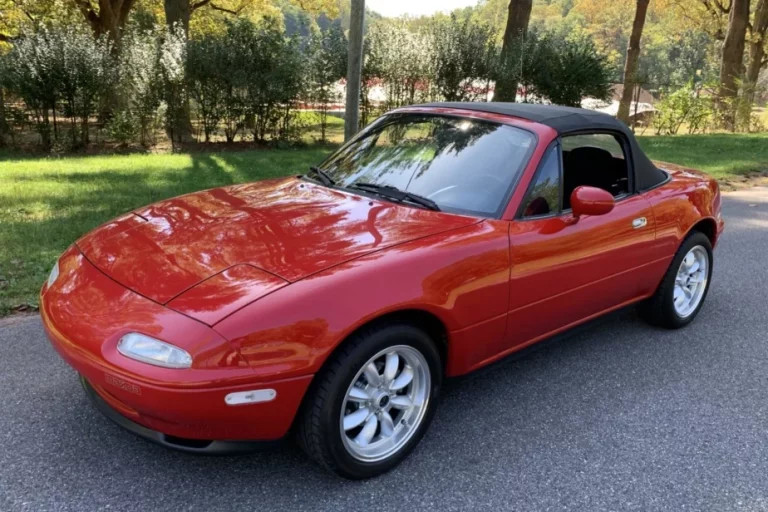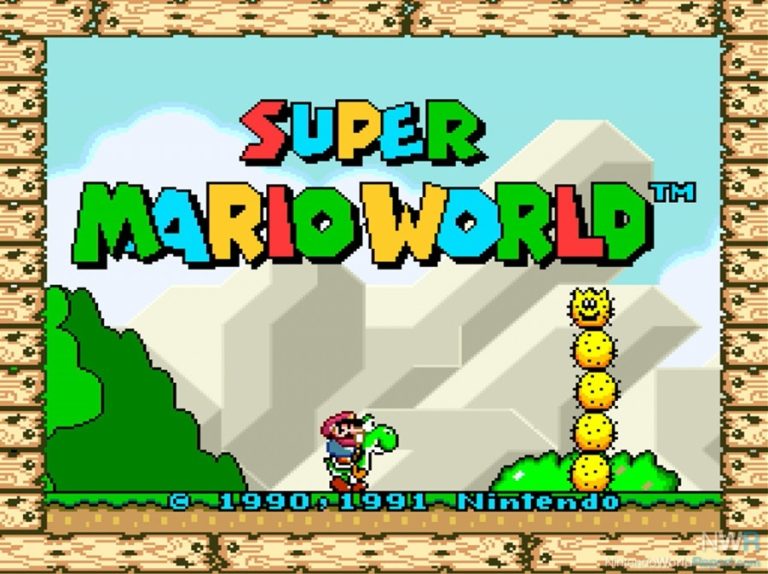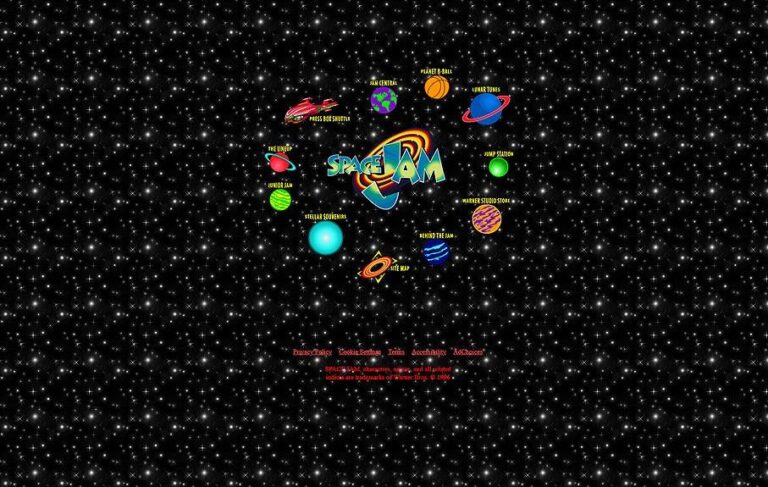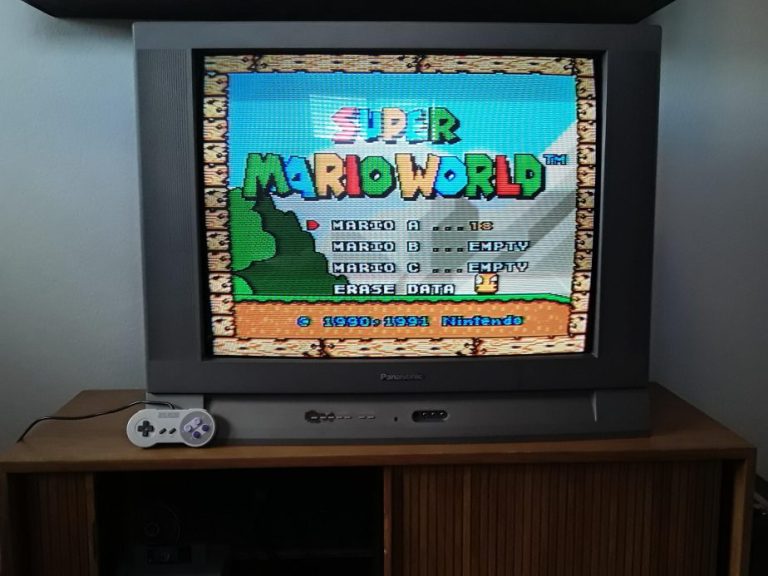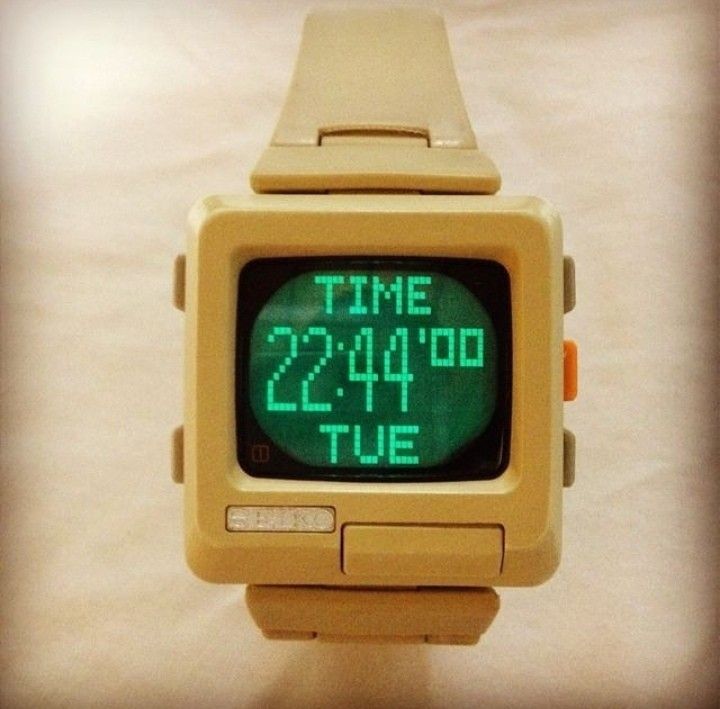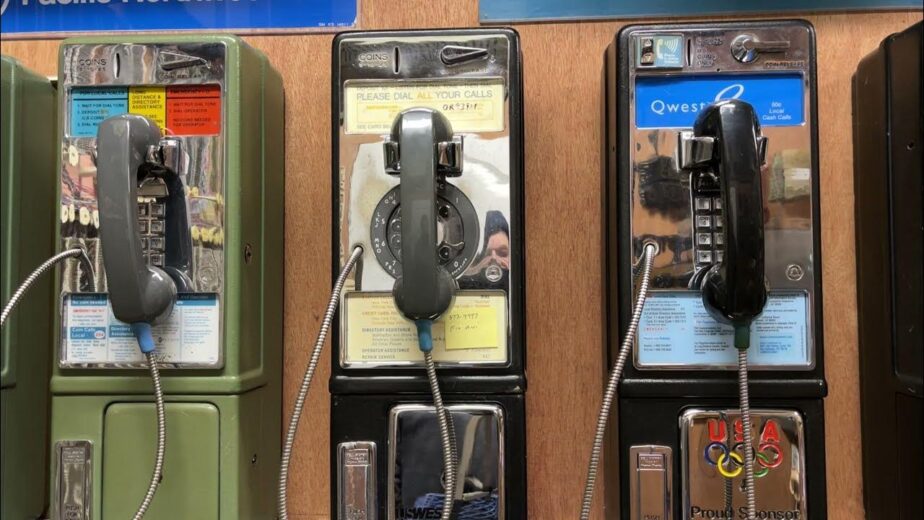
Before the era of smartphones and instant messaging, payphones were an essential part of daily life. In the 1990s, they could be found on almost every street corner, in shopping malls, airports, and gas stations. These coin-operated lifelines provided a vital means of communication, whether for making an urgent call, checking in with family, or arranging a last-minute meetup with friends.
The Ubiquity of Payphones
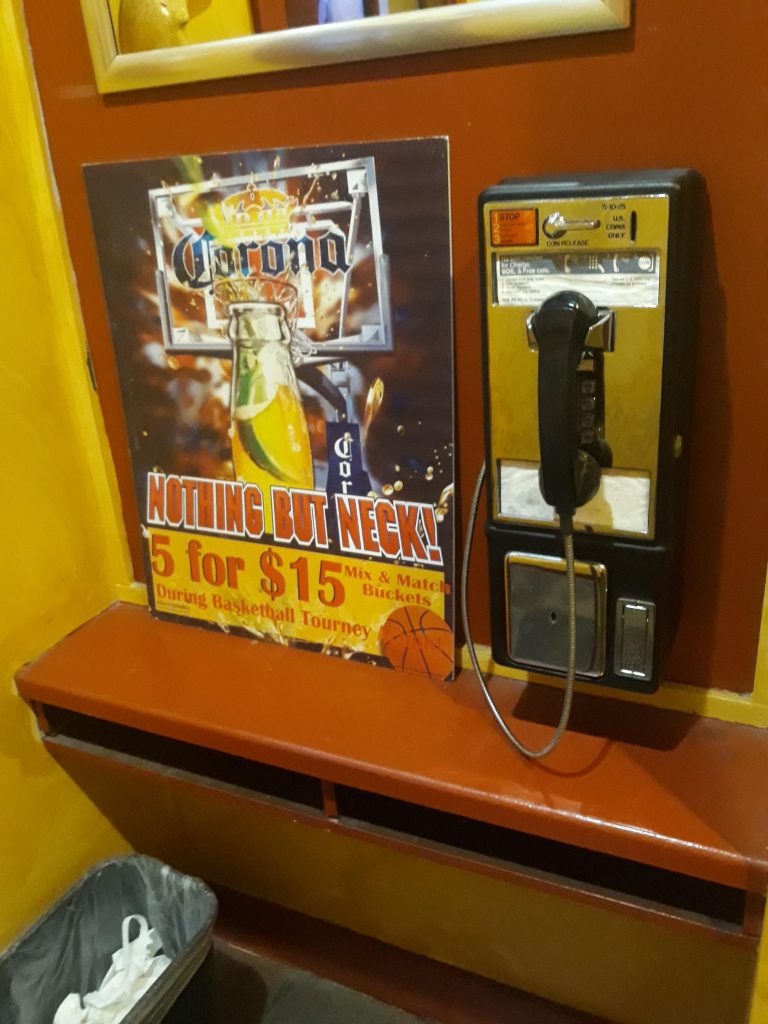
In the 90s, payphones were everywhere. They were the go-to option when you were out and needed to make a call. Long before cell phones became mainstream, people relied on payphones for everything—from emergencies to casual conversations. Carrying a few quarters or a prepaid phone card was a necessity if you planned to be out for the day.
How They Worked
Using a payphone was simple. Insert a coin (typically a quarter), dial the number, and talk for a limited amount of time. If you needed to extend the call, you’d have to insert more coins before your time ran out. For long-distance calls, people often used calling cards, which allowed them to prepay for talk time by entering a PIN code. Collect calls were also a popular way to reach someone without having to pay upfront, as the recipient would accept the charges instead.
Payphones in Pop Culture
Payphones were more than just functional devices—they were pop culture icons. In countless movies and TV shows of the 90s, characters used payphones to make secretive calls, receive crucial information, or even conduct business deals. Think of classic films like The Matrix, where Neo receives a life-changing call at a payphone, or crime thrillers where detectives and informants exchanged critical details via payphones.
The Decline of Payphones
The late 90s saw the rise of mobile phones, which began to replace the need for payphones. As cell phone ownership became more common and affordable, fewer people relied on public phones. By the early 2000s, payphones started to disappear from city streets, with telecom companies gradually phasing them out due to declining usage and maintenance costs.
Nostalgia for a Bygone Era
Today, finding a functioning payphone is a rare sight. While some still exist in certain locations, they are mostly relics of a past era. For those who grew up in the 90s, payphones remain a nostalgic reminder of a simpler time—when making a call meant finding a phone booth, having exact change, and sometimes waiting your turn in line.
Do you have any memories of using payphones in the 90s? Share your stories in the comments!

